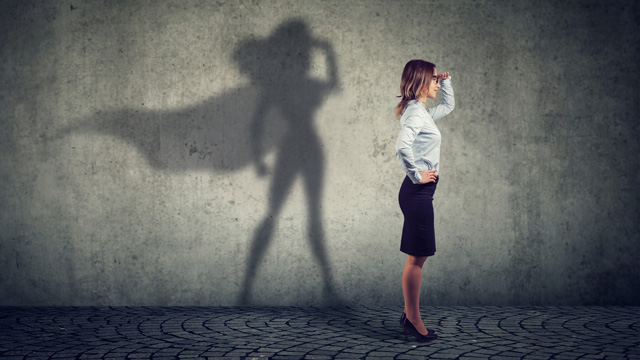How is a cystoscopy done?
A cystoscopy can be done with a rigid scope or a flexible scope. Either one fits through the urethra and allows me to see the inside of the bladder and urethra. This test can be done in the office or in a surgery center/operating room. It is most commonly done when you have microscopic blood in the urine. When I look in the bladder, I can see bladder tumors, irregularities in the tissue, bladder stones, and any foreign body (like a stitch or piece of mesh). Cystoscopy can be used to diagnose (just look) but it can also be therapeutic. There are little instruments that fit through the scope that allow me to biopsy and remove things. Some office have a monitor so you watch the procedure, some do not.
What are the steps of a cystoscopy?
Before you have a cystoscopy, you should avoid bladder irritants. If you know that tomatoes bug your bladder, don’t have them before the procedure. You will come to the office and have a urinalysis done. I always want to make sure that you don’t have an infection before doing a cystoscopy. You then undress and have to be in stirrups for the procedure.
The next step is to numb you. I use a liquid and gel numbing medication. This is placed in the bladder and urethra with a syringe (it is “plunged” into the right place). It is NOT injected with a needle. I then let you numb for about 10 minutes. You don’t have to be in the stirrups while you numb.
The next step is to place the cystoscope in the urethra. This is often the most uncomfortable part of the procedure. I have to push the cystoscope past the sphincter muscle and this can create some pressure. Once the tip of the cystoscope is in the bladder, I move it around so I can see the whole bladder and urethra. In most women, this is not painful. The cystoscopy usually takes less than 5 minutes.
What can make it easier?
There are a few things that I strongly believe about a cystoscopy.
- If you have pelvic pain, this will be a painful procedure for you and shouldn’t be done in the office.
- I tell my patients that they can ask me to stop or take a break during the cystoscopy. Everyone does better if they feel like they are an active participant in the procedure.
- I talk women through each step of the cystoscopy. So, you know what I am doing and what to expect next. I find this greatly helps with anxiety and discomfort.
The most common thing I hear after a cystoscopy is “that wasn’t as bad as I thought it would be.” You can do it! The anticipation is often worse than the procedure. You can read more about cystoscopy here. Here are some links to what to expect in an office visit and urodynamics.





0 Comments